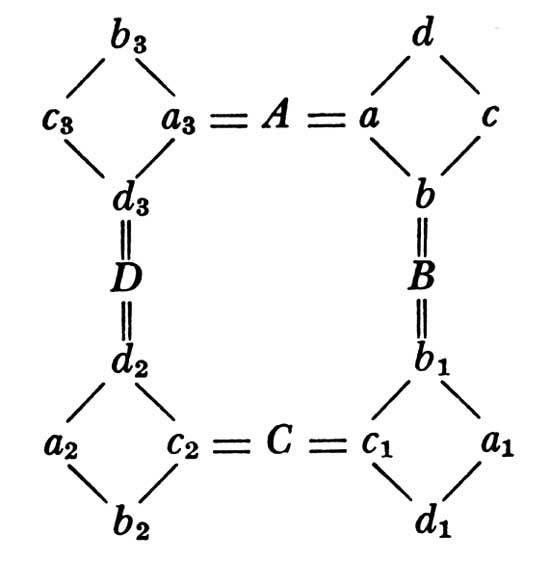Patterns in Process: Transdisciplinarity as a Background for Working with the Elemental Cycle of Transformation
« Previous Page | 1 2 3 4 5 6 7 | View All | Next Page »
It is not entirely certain to me that this understanding of the nature of the archetype (in its transhumant character) would be alien to Jung. Indeed, he seemed to leave (at least implicitly) the possibility of this higher-order level of archetype open, as evinced by the following excerpt:
Since psyche and matter are contained in one and the same world, and moreover are in continuous contact with one another and ultimately rest on irrepresentable, transcendental factors, it is not only possible but fairly probable, even, that matter and psyche are two different aspects of one and the same thing.” (Jung, 1959b, p. 85)
If the material and psychic realms do not have a separated, dual existence, but stand much more as mutual mirror images to each other, then it would not be problematic to expect a class of archetypes that operate in the psychic and material simultaneously. Indeed, Jung himself seems to have almost explicated this potential when he speaks of “another class of archetypes which one would call the archetypes of transformation. They are not personalities, but are typical situations, places, ways and means, that symbolize the kind of transformation in question” (Jung, 1959a, p. 322, original italics). Unfortunately Jung does not elaborate on this point. Needless to say, my understanding of the Elemental Cycle, as an archetype of transformation, can be applied to natural and spiritual realms as well as to the human.
Jung, in his Aion (1978) even goes so far as to deal explicitly with a four-stage picture of transformation. (It is interesting to note that Jung culminated this seminal work, his researches into the phenomenology of the Self, with an exploration of the quaternary process of transformation. Taken as a picture of the whole development of his thought, this fact–whether intended by Jung or not–seems significant given the present line of inquiry.) Although he doesn’t speak on the matter of whether this quaternion series, organized into a wheel or rotunda, applies to material as well as psychic realms, he does—significantly, if unconsciously—immediately bring up once more the intimate connection between physics and the psyche mentioned above (Jung, 1978, p. 261). Jung indicates that the cyclical four-stage formula “reproduces exactly the essential features of the symbolic process of transformation” (Jung, 1978, p. 259).
Figure 1 - Jung's “formula” of the four-fold process of transformation (Jung, 1978, p. 259)
Is it any wonder, then, that Jung identifies four stages of psychotherapy: confession, explanation, education, and transformation (Meadow, 1989), given that the goal of psychotherapy is transformation? Jung’s work, although very enticing, leaves out at least as much as it includes with respect to the four-fold archetype of transformation.
My master’s thesis has attempted to explore the breadth of the archetype, including how it applies in a number of non-human instances. My present inquiry deals more with its applicability to specifically human transformation, but across a wide variety of situations. In this sense, I am attempting to follow up on Jung’s statement that the four-fold cycle operates as an exact symbolic picture of the transformative process.





